Laos is, without a doubt, a stunning country with mountainous terrain, French colonial architecture, hill tribes, scenic riverside towns and insane partying. Nestled between 5 countries (Myanmar, Thailand, Cambodia, Vietnam and China), Laos is landlocked with the Mekong flowing through. It is relatively off the beaten path as it is often overlooked by backpackers, which is a pity. It is probably one of my favourite countries in the South East Asian Region.
Basics:
The predominant currency used is the Lao Kip. Cash is king and it’s quite rare to be able to use your card. While ATMs are available in most big and touristy Laotian towns, ATMs are scarce once you get off the tourist trail.
The drinking staples in Laos are Beer Lao and Lao Lao. In my opinion, both of these are enjoyable. Local producers make Lao Lao, a rice whisky with an alcohol content ranging from approximately 40 to 45%. Considering that it’s one of the cheapest alcohols I’ve come across, the taste is pleasant. This rice whisky is traditionally drunk neat. Along the market streets of Luang Prabang, it is possible to spike your fruit shake with Lao Lao from the vendors for an extra dollar or two. The best thing about this is that you can barely taste the Lao Lao so you’re in for a good time. Throughout the country, there is an imposed curfew at midnight, with a majority of places closed by 11 pm.
Caution should be taken not to wander too far off the roads as there are still plenty of unexploded ordnances. It is quite safe around the tourist towns but vigilance should be exercised in the villages.
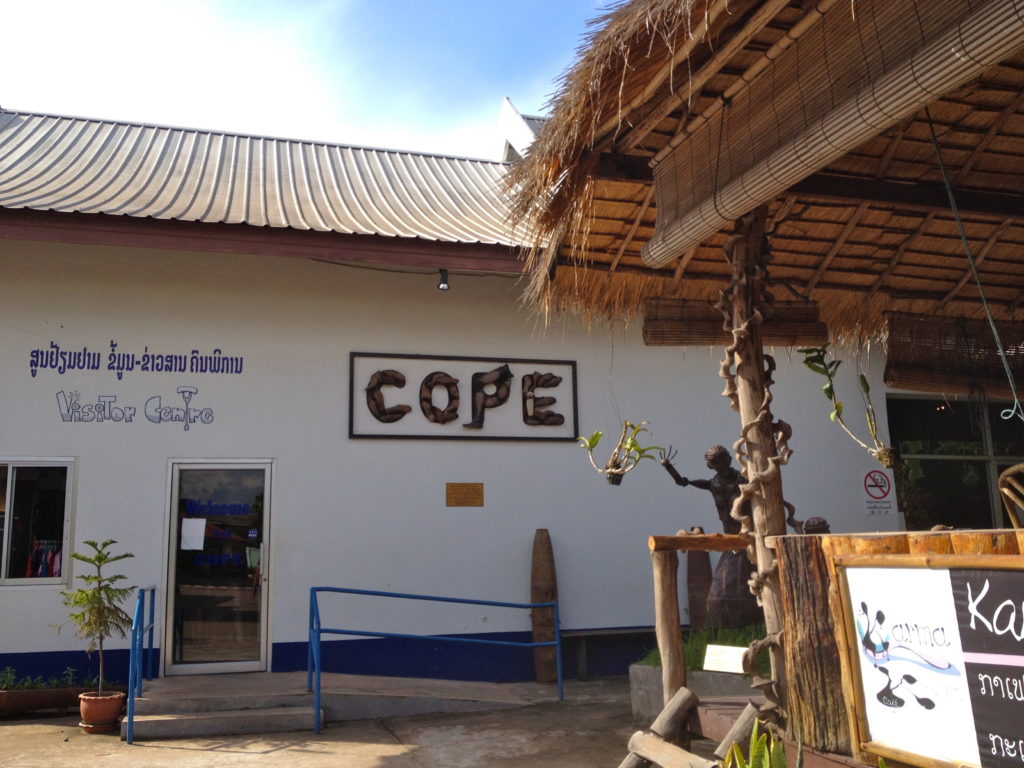
The Secret War:
Despite its picturesque backdrop and unknown to most, it is the most bombed country per capita in the world. The Secret War lasted almost a decade, between the 60’s and 70’s. A staggering 270 million cluster bombs were dropped in Laos during the Vietnam War – primarily in the Eastern and Southern parts of the country with approximately 80 million undenoted. It still heavily impacts the livelihood of the Laotians today. Every year, several villagers fall victim to these unexploded ordinances by either accidentally stepping on them or hitting them while tending to their farm land.
Prior to my travels around Laos, I was completely oblivious of the Secret War and learnt about it during a visit to COPE Visitor Center. The centre is located in the capital, Vientiane and works to rehabilitate and provide prosthetics to locals impacted. A sobering experience that’s extremely informative in regards to what’s happened and how the villagers are impacted today. Unfortunately, several travellers remain oblivious to this part of history while in Laos. While I try not to get political in my posts, this is an event everyone should be aware because its effects have been devastating and are ongoing.
Itinerary:
Are you a slow traveller and border crossing from Northern Thailand? There is a 2-day slow boat on the Mekong option from Huay Xi via Pakbeng to Luang Prabang. It is possible to pre-book an entire transfer from Chiang Mai or Chiang Rai to Luang Prabang. Alternatively, with research, this can be done on your own for much cheaper. There are also buses instead of a slow boat or several other border crossings.
Getting around Laos can be painfully slow as distances are often long and the infrastructure isn’t the best. Be warned: sleeper buses in Laos consist of sharing a small mattress with someone else, if you’re travelling solo. If time is a factor, Lao Airlines operate within the country for quite a high fee. Among several other airlines, Air Asia flies into the capital (Vientiane).
During a period of approximately 2 weeks, I border crossed from Northern Thailand (taking the slow boat option) into Luang Prabang. Heading to Vang Vieng and Vientiane before taking an 18 to 20-hrs journey by bus and boat to Don Det near the border of Cambodia. Like most of my travels around the region, transportation was booked the day prior to leaving and accommodation was found upon my arrival to each city/town.
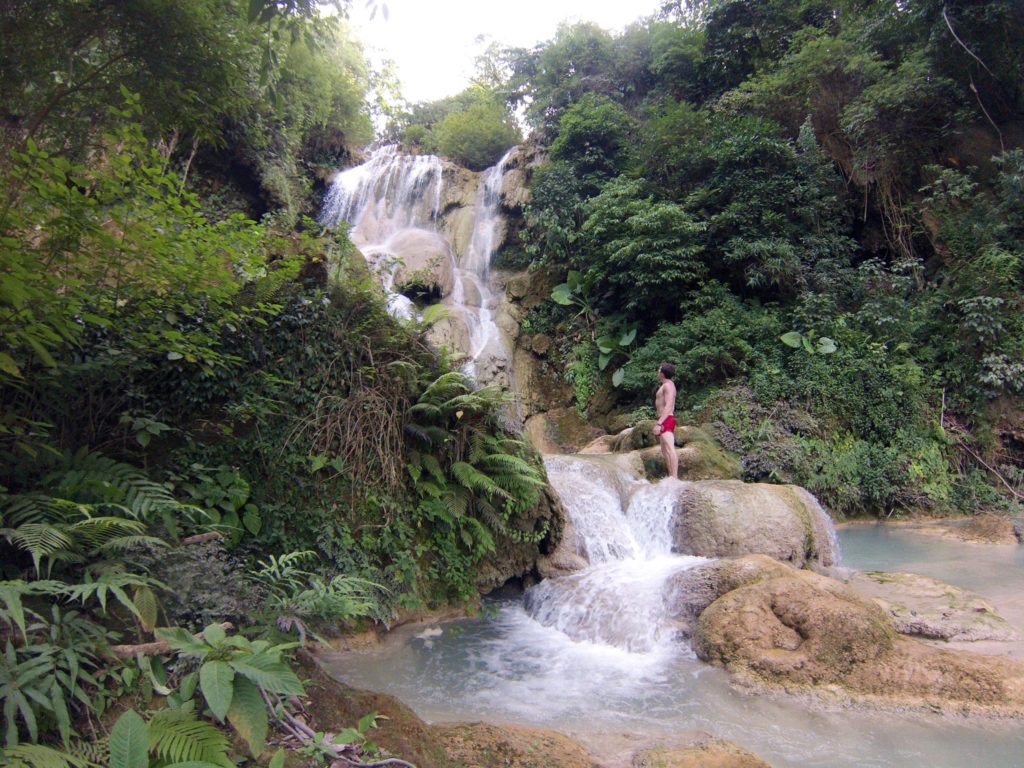
Luang Prabang
This city was previously the ancient capital of the Province. In 1995, this ancient town was declared a UNESCO World Heritage Site. It is a melting pot of Laotian culture, history and French Indochina architecture. The Alms Giving Ceremony can still be witnessed during sunrise and it’s considered as one of the most sacred Lao Traditions.
Tip: As this is still a revered ritual for the Laotians, please show respect. I’ve seen tourists getting into the monks faces with their DSLRs and flashes. It is best to witness it from the side and as a sign of respect, your knees and shoulders should be covered.
Another beautiful attraction just out of Luang Prabang is the Kuang Si Waterfalls. This 3 tier waterfall is a sight to behold. With emerald pools and cascading falls, it’s quite magical. The best way to get there is by sharing a tuk-tuk with other travellers (to reduce cost) and spending the entire day there. With several swimming pools and drops, you’ll be blown away with every turn.
With the imposed curfew, there aren’t any nightclubs in the city or bars opened past midnight. The usual night out starts off at Utopia and eventually everyone heads to the bowling alley via tuk-tuk. The bowling alley is the only place opened until 2 am and still serving beer. Even though it’s usually an after-dark activity, don’t hesitate to visit it during the day! Games are really cheap and you’ll have the entire place to yourself.
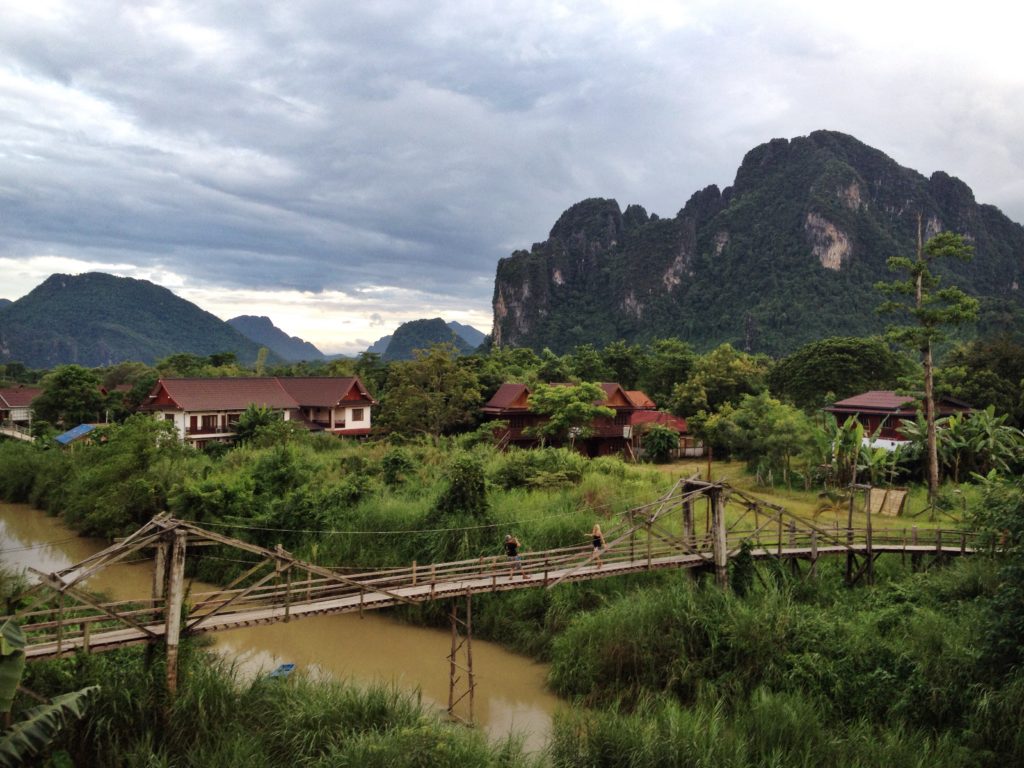
Vang Vieng
Situated on the Nam Song River, Vang Vieng was once a place for backpackers looking for an anything-goes party scene including bar hopping along the river and a variety of games, swings, slides, easily attainable alcohol and drugs. The climbing injury and death toll caused by drowning, hitting themselves on the submerged jagged limestone rocks, alcohol and drug related situations lead to the closure of the infamous Tubing. In 2012, there was a massive crackdown by the government, gone are the days of countless bars along the river banks, slides and swings. While tubing is still happening, it is in a more controlled fashion.
Instead of solely tubing, Vang Vieng is now gaining a reputation as an adventure destination for kayaking, rock climbing and mountain biking.
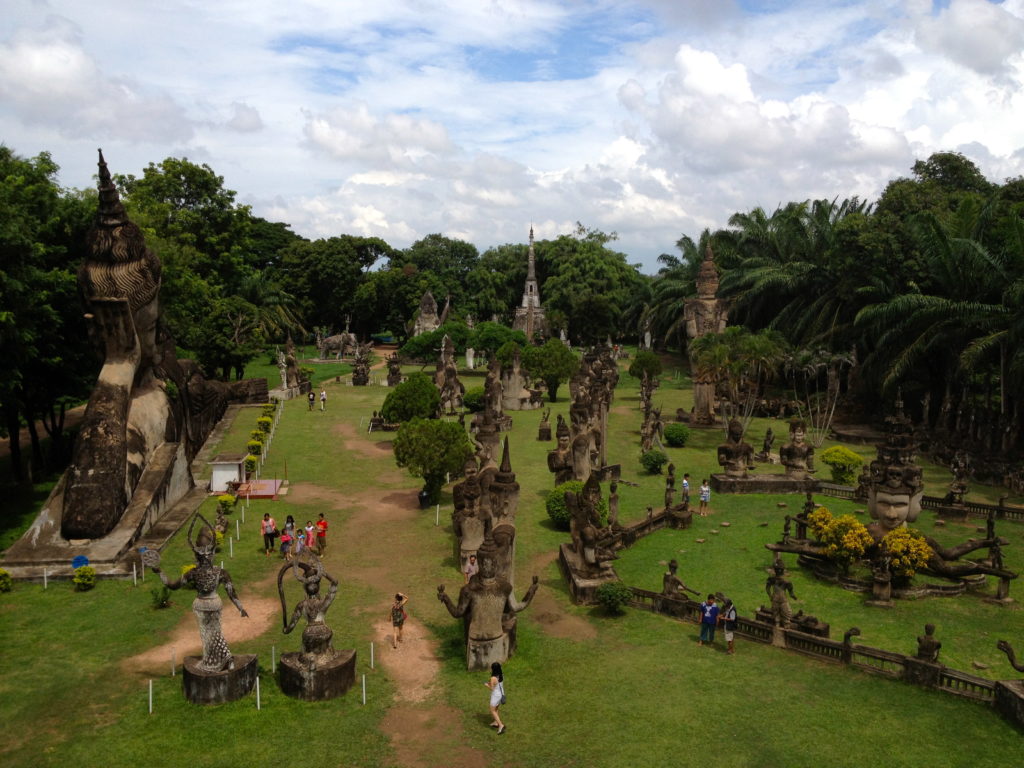
Vientiane
Also known as the capital of Laos. This city has slowly been opening up to foreign investments and been developing at a fast pace. Buddha Park (Xieng Khuan) is an interesting site that can be reached by public transport. It is an interesting sculpture park housing over 200 religious statues and unlike anything I’ve seen before. If you love quirky attractions, this should be on your radar.
As previously mentioned, COPE Visitors Center is a rehabilitation centre and provides prosthetics to locals impacted by unexploded ordinances. Visiting the centre is an eye-opening experience and an informative way to learn about the Secret War and how the centre helps amputees. There is a counter where you’re able to donate to support their efforts.
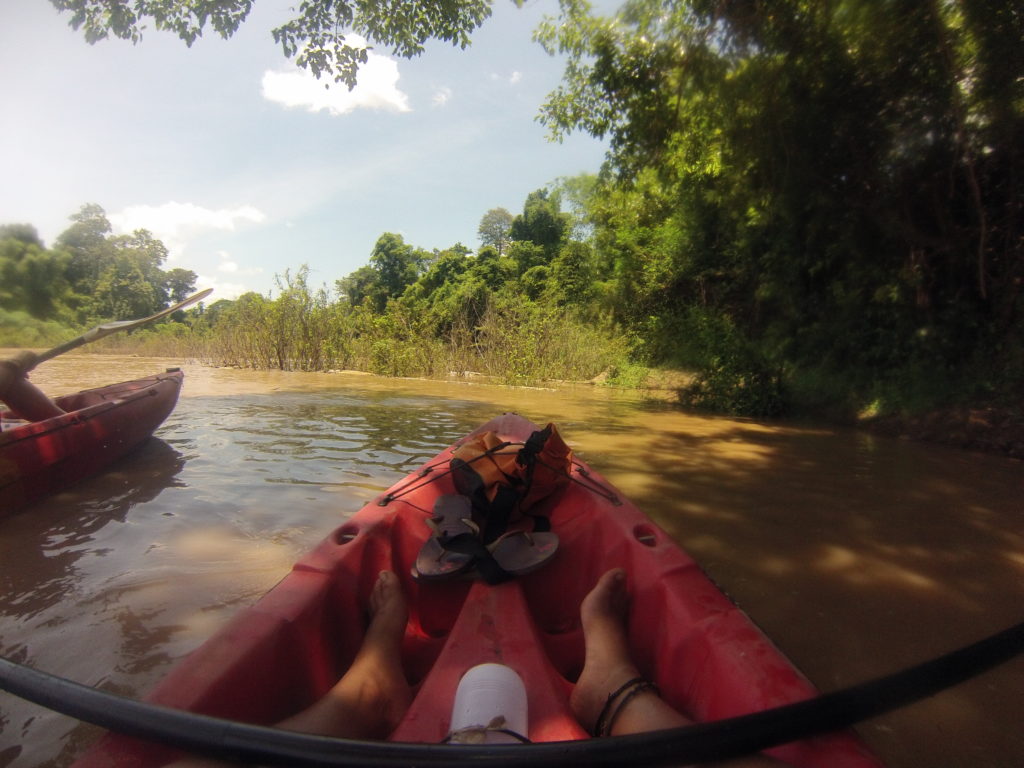
Don Det
Part of what’s known as 4000 Islands, Don Det is located in the middle of the Mekong River and not far from the Laos-Cambodian border. While tourism has picked up over the last years, it’s still relatively off the beaten path. As there are no ATMs on the island, it is advised to bring enough to cover your costs. Don Det is perfect for spending your days swinging on the hammock, watching the most stunning sunrises and sunsets and slowing your travels right down.
Being such a small island, it’s easy to get to know the people which call it home. There are no wild parties here (at least during low season, there isn’t) but there’s no shortage of activities. One of my fondest memories was having a bon fire on a beach with the crew from Happy Bar and kayaking to the Cambodian border to witness the rare Irrawaddy dolphins.
Extending your trip:
The above-mentioned places were towns I visited during my journey around Laos. There are several other places worthy of visiting. With plenty of opportunities to extend your trip, below are a few suggestions and a collaboration with fellow travel bloggers. In reference to their locality, they are marked with a green star on the above map.
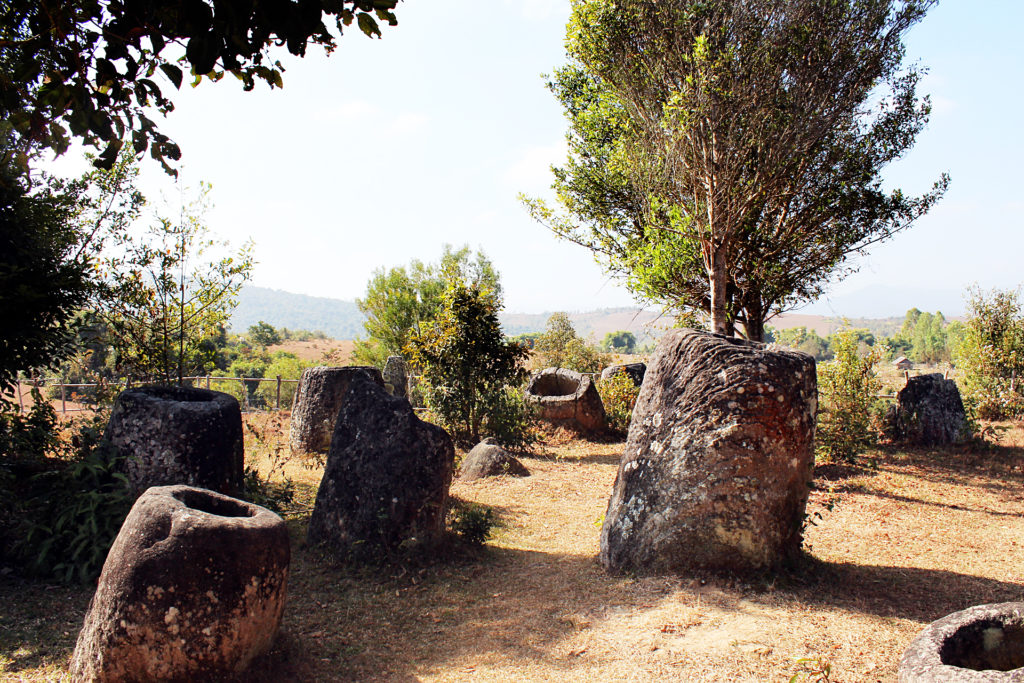
Plain of Jars (by Ashlyn @ The Lost Girl’s Guide to Finding the World)
Caution is imperative at the Plain of Jars outside Phonsavan. With unexploded ordnance from the Vietnam War found on the more than 90 different sites within the park, it’s necessary to walk within the white markers outlining the path. But the opportunity to explore thousands of giant stone jars in the valley of the Xiangkhoang Plateau is worth the risk. Legend has it giants once existed in the area and used the jars to store alcohol. Another explanation is that the jars were used to collect rainwater during monsoon season for caravan travellers. In the future, the site may even be recognised by the UNESCO World Heritage organisation.
Check out more of Ashlyn’s adventures here.
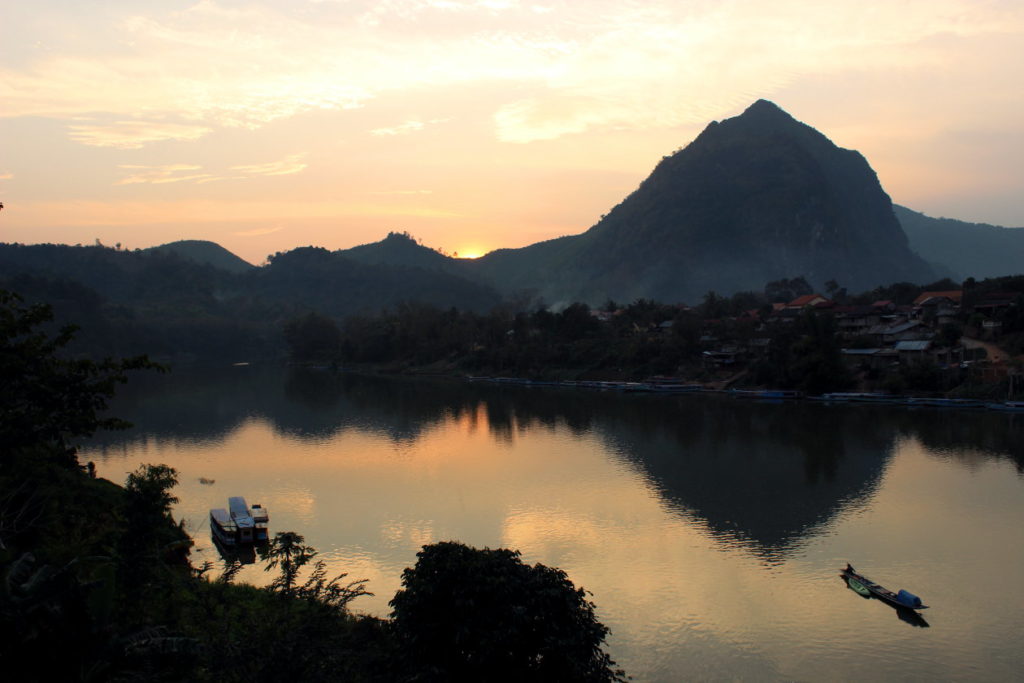
Nong Khiaw (by Doro @ Doro Henrietta)
Nong Khiaw is a beautiful little town on the banks of the Nam Ou River. The town itself is pretty sleepy and not visited by many tourists, however, it is the perfect base to explore its surroundings. The options are endless. Why not marvel at the stunning limestone mountains, go hiking, visit the nearby caves, or explore the surroundings of Nong Khiaw by bicycle. Something that I especially enjoyed doing was hiking up to Phadeng peak. This viewpoint offers a beautiful 360° outlook across the Nam Ou river valley. There’s also a guided trek to Nothern Laos’ “100 Waterfalls”, an area with a seemingly endless amount of cascades and springs. Evenings are best spent watching the sunset in one of the riverside bars or by relaxing in a hammock.
Read more about the hike to Nong Khiaw Viewpoint .
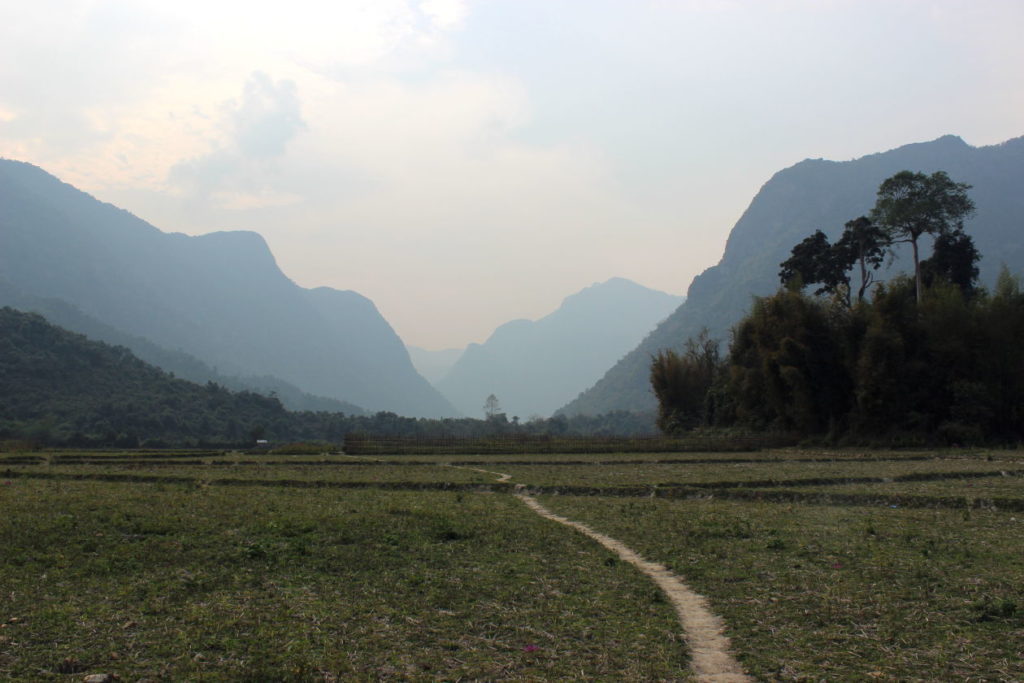
Muang Ngoi Neua (by Doro @ Doro Henrietta)
Muang Ngoi Neua is a small riverside village located about an hour boat ride away from Nong Khiaw. Prior to 2013, the village was completely off the beaten path has it had neither road access nor permanent electricity. Muang Ngoi Neua has since then become more touristy but its charm nevertheless remains. There is only one main street where life takes place out in front of homes and shops similar to other rural towns in Laos. Ducks and chicken wander around freely, children play and villagers cook sticky rice – it can’t get more authentic. The surrounding countryside with its karst limestone mountains can easily be explored on foot. Visit the two caves which were used as bomb shelters during the Vietnam war, hike up to the close by viewpoint or trek through the rice paddies to visit one of the surrounding villages.
Check out more of Doro’s adventures here.
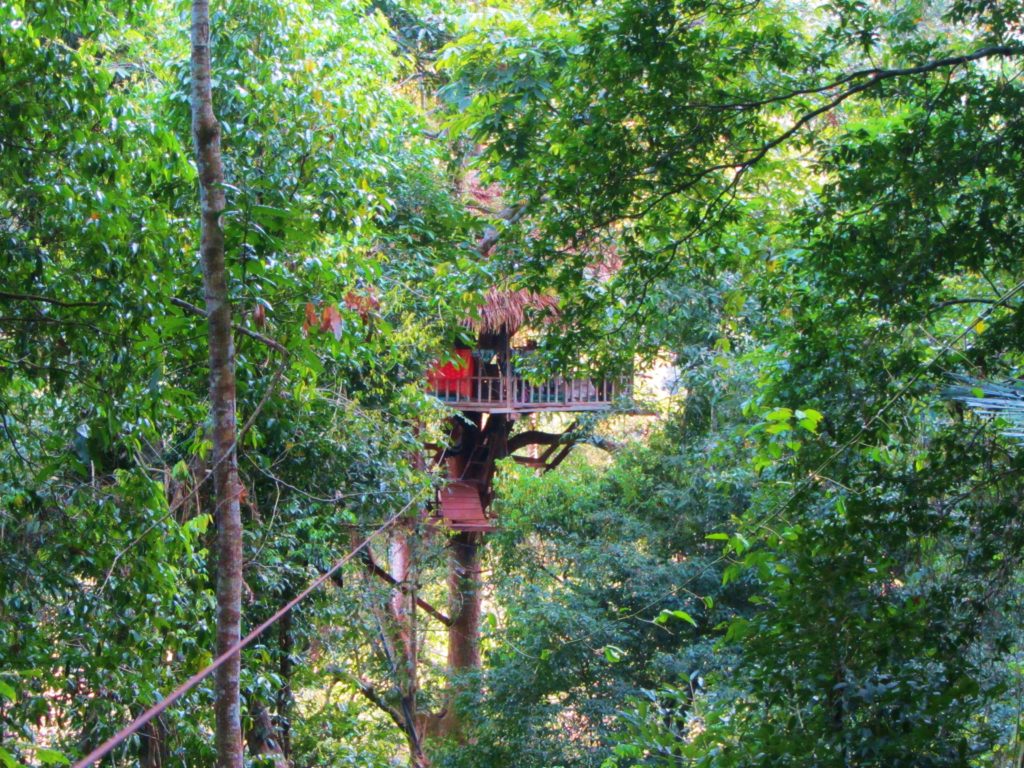
Houayxay/Gibbon Experience (by Becky the Traveller)
If you love outdoor adventures, Houayxay should at the top of your list. While the town itself is relatively small, my visit was all about the Gibbon Experience in Nam Kan National Park. The Gibbon Experience is a zip lining adventure with a difference – zip lining by day and sleeping treehouses by night. It’s every big kid’s dream!
Instructions are given on how to use the cables and apply the brakes which are basically controlled with your hand – gloves are provided. Then off you go. The cables vary in length with the longest being 570m, which is a real buzz flying above the canopy. Sleeping in a tree house is the most unique place I have ever slept. After as much zip lining as you can fit in, you can chill out. Dinner and drinks are zipped into you from one of the team members. Some of the treehouses are 30-40 metres high, so admire some great views and try wildlife spotting, including gibbons!
The guys in my group called me a little monkey as I couldn’t stop jumping out of the treehouse. A fun experience and definitely a stop I would recommend.
Check out more of Becky’s travels here.
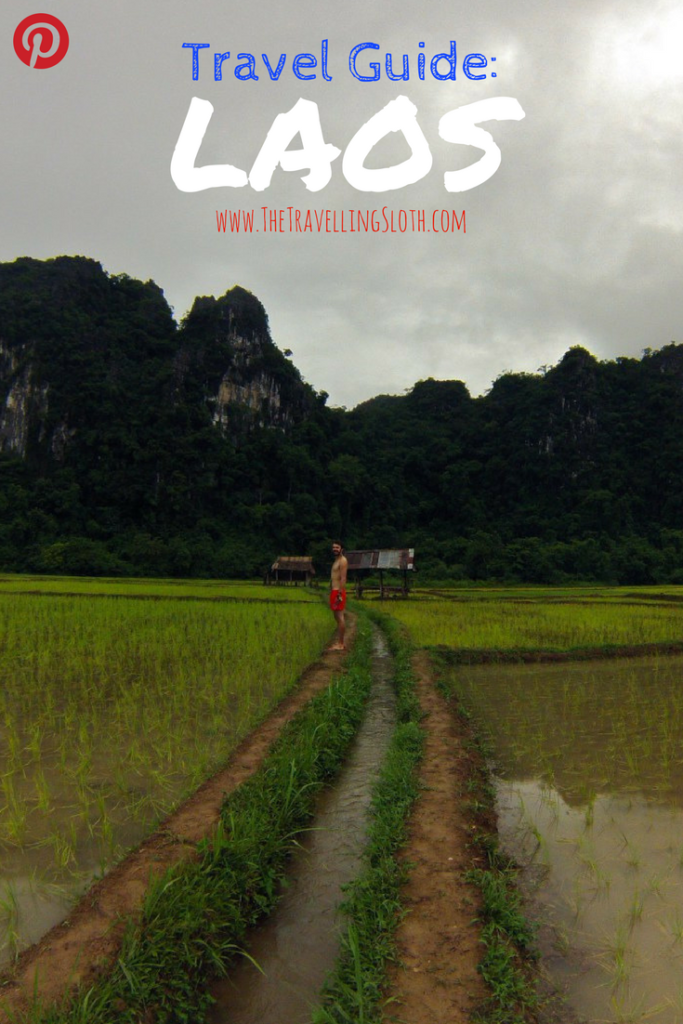
That was definitely an overload of information! Laos is an absolutely amazing country full of history and culture. You should visit several off-the-beaten-path places during your great Southeast Asian adventure; don’t skip them. A place that feels like going back in time where life slows down and you can stop to smell the roses. There’s no doubt that tourism is picking up and soon, a lot of these towns won’t be like how they are now. I definitely recommend visiting this beautiful country, who knows, maybe it’ll capture your heart as it did mine.

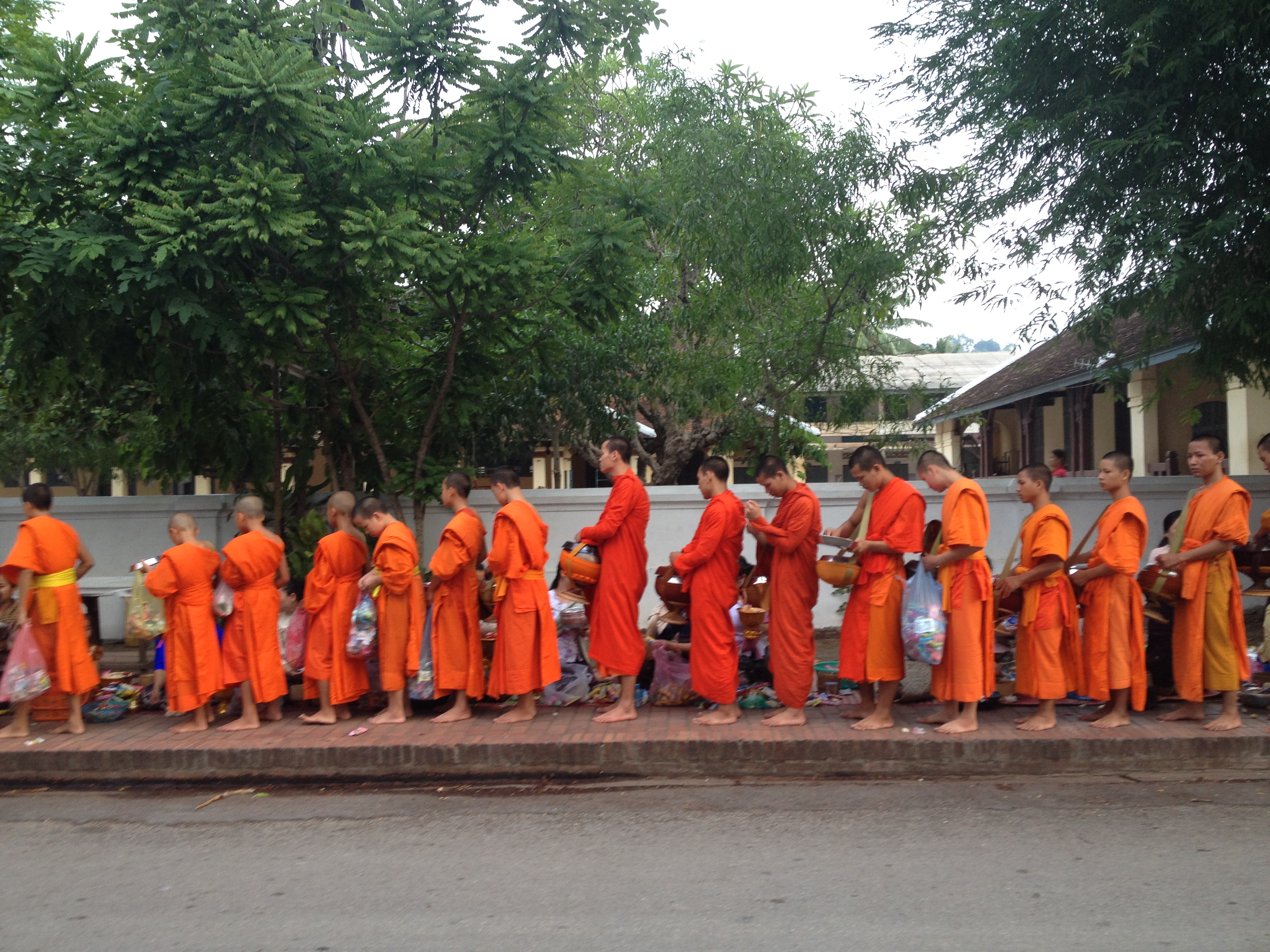
Leave a Reply